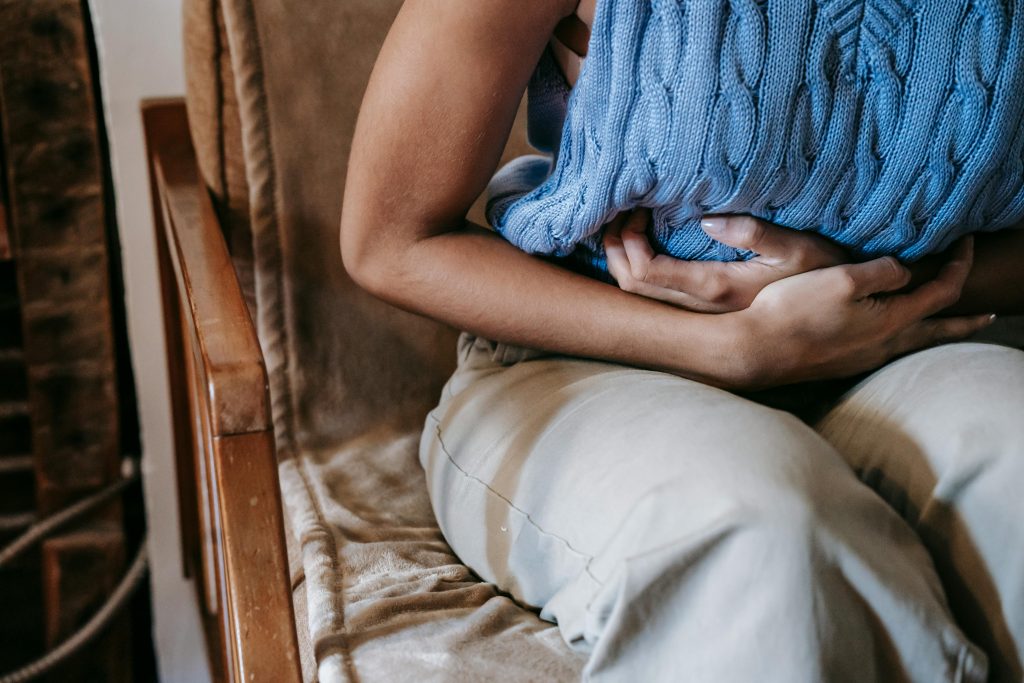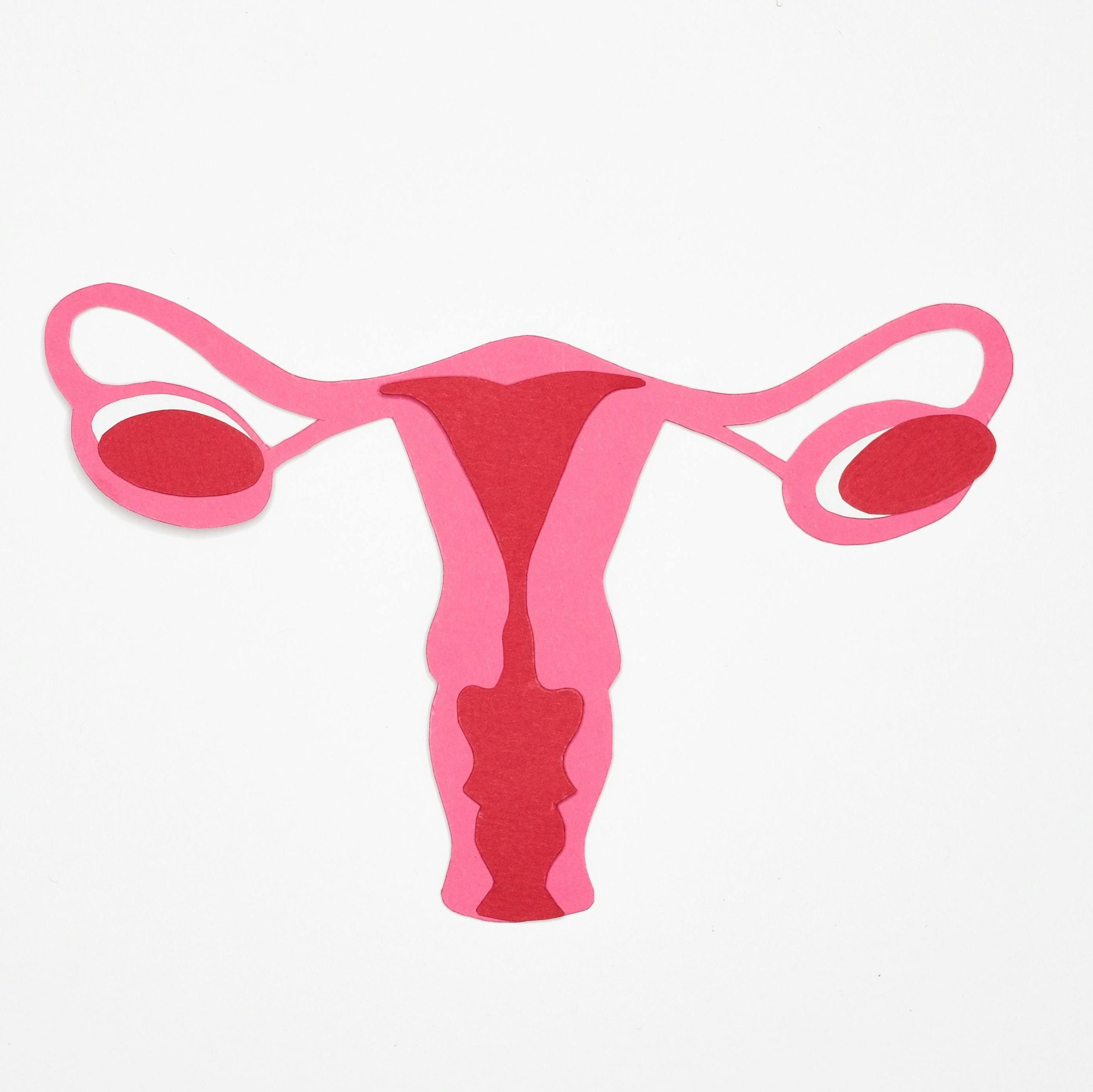Navigating Pain, Misdiagnosis, and the Path to Empowerment
I was 15 when I first realised something was wrong... What started as typical period cramps quickly became unbearable pain that left me doubled over during class, unable to focus.
Each month, the pain seemed to get worse, radiating from my lower abdomen to my back and even my legs. My periods were heavy, lasting longer than normal, and the fatigue that came with them felt like a constant weight dragging me down. But whenever I mentioned it to friends, teachers, or even doctors, I was told it was just part of growing up. “Periods are painful for everyone” they’d say.

At 15, I didn’t have the words or medical terms to explain just how debilitating the pain was. I’d heard people talk about period cramps, but nothing like what I was going through. There were days I couldn’t get out of bed, missed school because of the pain. It wasn’t just physical pain, either. The exhaustion, nausea and brain fog were constant companions, making socialising feel like a mountain to climb.
For years, I pushed through. I thought maybe I was just unlucky, that some people had worse periods than others. After all, my doctors didn’t seem concerned. They offered me birth control to regulate my cycle and manage the symptoms, but there was no real investigation into why my pain was so severe. It was frustrating, feeling like I was screaming for help in silence while being told that this pain was “normal.”
It wasn’t until I turned 19 and my pain had escalated to the point that I was in the emergency room every few months that I finally heard the word that changed everything: endometriosis.

What is Endometriosis?
Endometriosis is a condition where tissue similar to the lining of the uterus grows outside of it, often on the ovaries, fallopian tubes, or even the intestines. This tissue behaves like it would inside the uterus—it thickens, breaks down, and bleeds with each menstrual cycle. But because it’s outside the uterus, there’s no way for the blood to exit the body, leading to inflammation, cysts, scar tissue, and severe pain.
It’s estimated that around 1 in 10 women suffer from endometriosis, yet it takes, on average, 7-10 years to receive a proper diagnosis.
When my doctor explained what endometriosis was, I felt both relief and anger. Relief that there was a name for what I had been going through, that it wasn’t just in my head. But anger because, for years, I’d been dismissed. No one had taken my pain seriously. How had I spent half of my teenage years suffering without an answer?
The Diagnostic Process
Getting diagnosed with endometriosis isn’t straightforward. There’s no blood test or routine scan that can definitively confirm the condition.
Instead, it often requires a laparoscopic surgery—a procedure where a small camera is inserted into the abdomen to look for signs of endometrial tissue.
The surgeon found and took biopsies of multiple small patches of endometrial tissue across my pelvic organs. Even though the diagnosis was daunting, it felt like a victory. I finally had proof that the pain was real, and with that, a plan for how to manage it.
Managing Endometriosis
Unfortunately, there’s no cure for endometriosis, but there are ways to manage the symptoms.
My journey involved a combination of treatments: hormonal therapies to suppress the growth of endometrial tissue, pain management strategies, and lifestyle changes.
Over time, I learned that certain foods could trigger flare-ups, and regular exercise helped keep some of the symptoms at bay. But it’s a delicate balance. Some days are better than others.
Surgery can also be part of managing endometriosis, though it’s not a permanent fix.
I also sought support in places I didn’t expect.
I joined online communities, such as Endometriosis UK, and suddenly- I wasn’t alone. Hearing their stories helped me understand that my experience wasn’t unique, and that validation was a lifeline during the darkest times.
Finding Hope
Living with endometriosis has taught me that I am stronger than I ever imagined!
There are still difficult days, but I’ve learned to advocate for myself, to push for better care, and to listen to my body. I now understand that pain is not something to be dismissed or normalized—it’s our body’s way of telling us something is wrong.
Looking back, I wish I had known sooner that what I was experiencing wasn’t just “bad periods.”
I hope that by sharing my story, others will feel empowered to seek answers when their bodies are telling them something is wrong. If there’s one piece of advice, I’d give to anyone struggling with unexplained pain, it’s this: trust yourself, keep pushing for answers, and don’t let anyone tell you what you’re feeling isn’t real.
Endometriosis may be a part of my life, but it doesn’t define me. And with the right support, treatment, and self-compassion, there’s hope—even in the hardest of times.
If you or someone you know is experiencing symptoms of endometriosis, reach out to a healthcare provider. Early diagnosis and intervention can make a world of difference in managing this condition.



